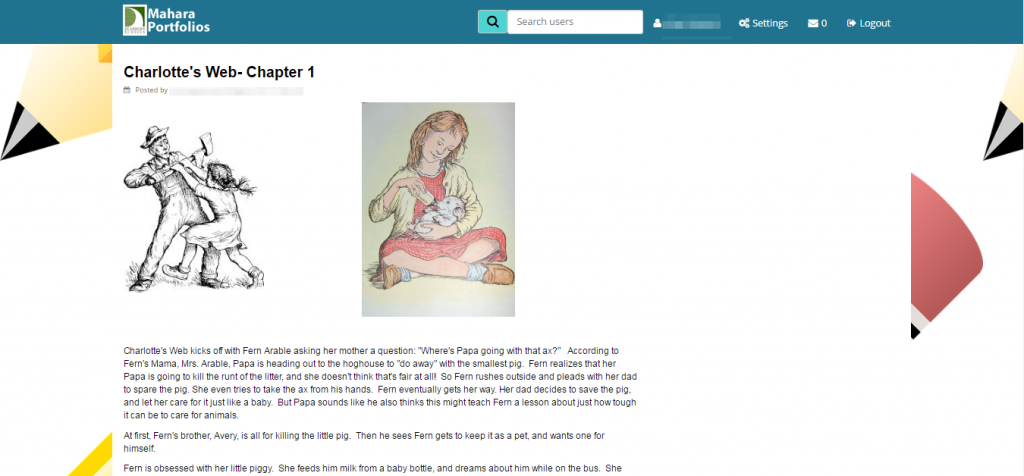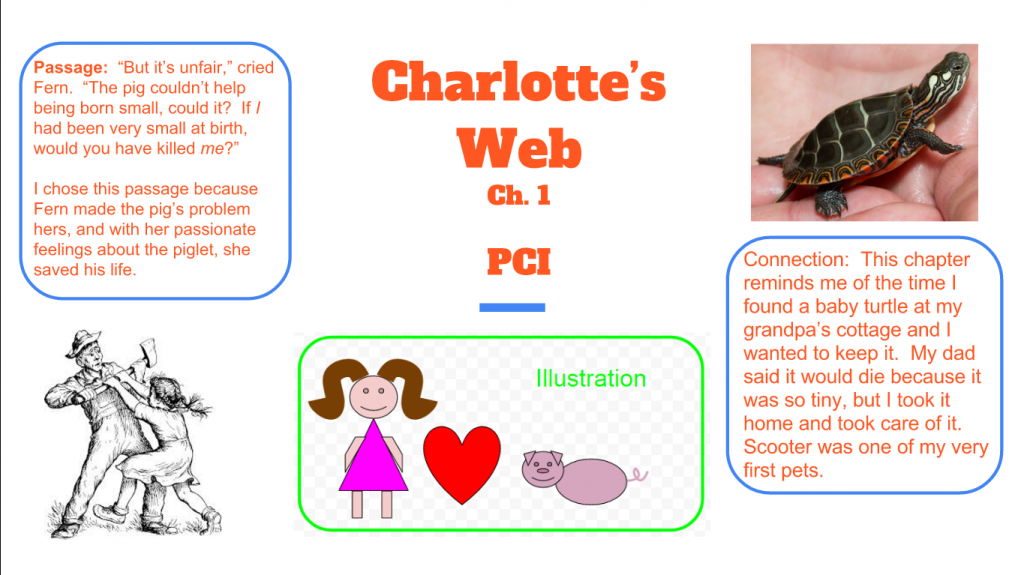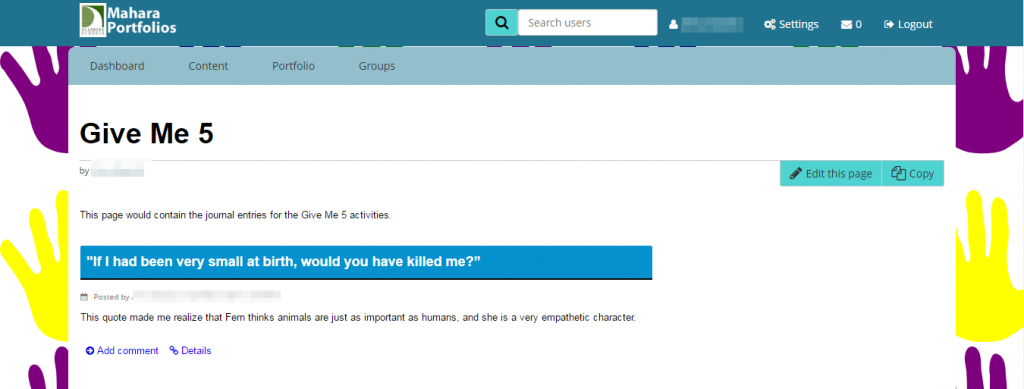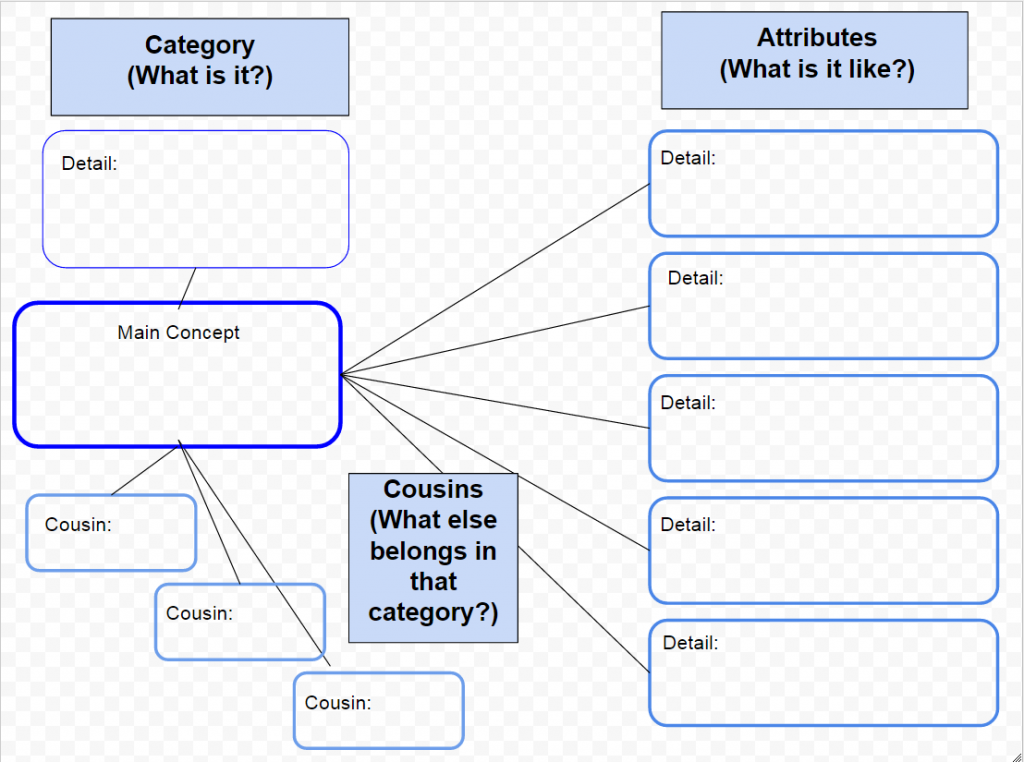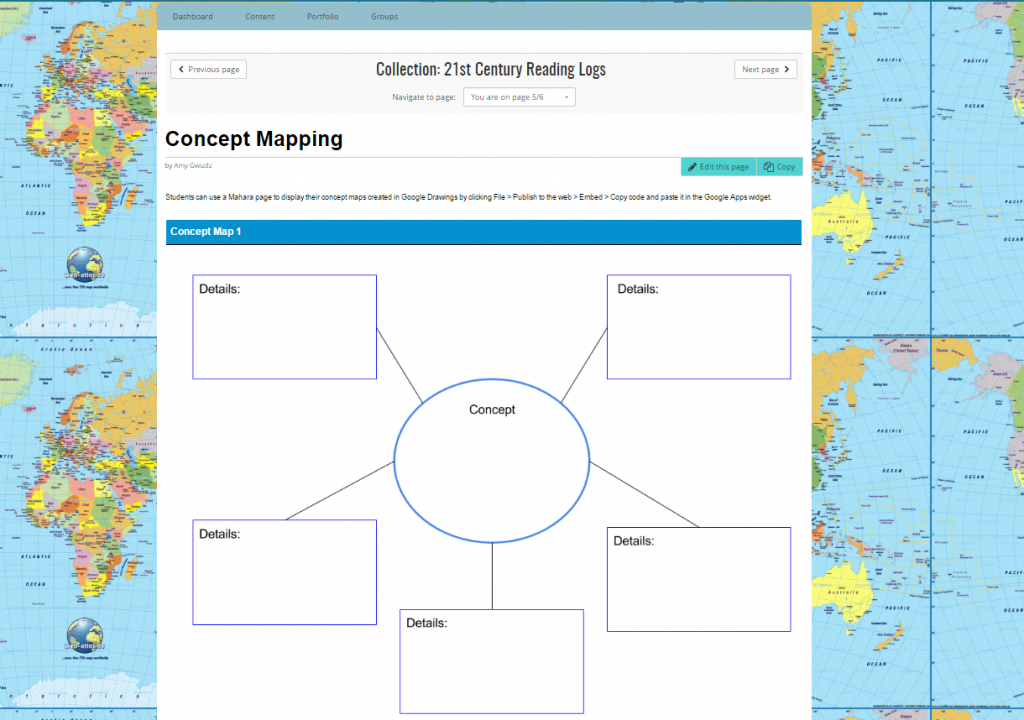Digital Alternatives to Reading Logs
We All Make Mistakes
I recently read an article published on Shaelynn Farnsworth’s blog, entitled 6 Alternatives to Reading Logs. It piqued my interest because I remember assigning reading logs in my classroom, and how that plan didn’t always work out so well.
When I assigned reading logs in my classroom, I found out a few things. I found out that reading logs didn’t engage my students in reading, but rather made it a chore. I found out that students weren’t always honest about the amount of time they spent reading. I found out that reading logs didn’t encourage reading, but usually discouraged it. I found out that students are really good at forging their parents’ signatures. I also found out that reading logs did ABSOLUTELY NOTHING to raise reading scores. So why did I bother?
I wanted a way for students to be accountable for their reading. However, I was going about it all wrong. Holding them accountable is one thing, but making the activity meaningful as well was a whole new ballgame. So I took the ideas from Shaelynn Farnsworth’s blog post and adjusted them for Dearborn teachers, using the tools we already have in place. Let’s talk about some alternatives to reading logs that will hold students accountable AND make the reading meaningful by taking reading logs into the 21st century.
21st Century Ideas for Reading Logs
BookSnaps
In a BookSnap, students start with a picture. They choose images that sum up what they read, and post it, along with a summary of their reading. There are a few options currently available to Dearborn teachers for this activity.
iLearn
Using a Forum in iLearn, students can post to a BookSnaps discussion forum, including images and text. Students can also reply to each other’s summaries, and add to them by replying to a post. Check out an example here.
Google Classroom
Using the Assignment format in Google Classroom, students can create their BookSnaps using Google Docs, Google Slides or Google Draw. Check out an example here. Join code is 2znhyk.
Mahara
Students can keep a portfolio of their reading in Mahara, using portfolio pages. There are several ways a student can utilize Mahara to showcase his/her reading adventures. One way is to create a portfolio page for each book read. Click here to see an example. Another option in Mahara is to use journals. Students can create a journal for each book or one journal for all BookSnaps. Click here to see an example.
Vlogs
Students can create video logs of books they are reading. Using a Chromebook, students can record themselves describing what they read. They can point out parts of the story or illustrations that add to their descriptions.
iLearn
These can be posted to an assignment in iLearn. Here is an example.
Google Classroom
By creating an assignment in Google Classroom, students can submit videos by clicking the “Add” button and choosing “Google Drive.” See an example here. Join code is 2znhyk.
Mahara
Students can use the Google Apps button to insert videos from their Google Drive right into Mahara. Click here for an example.
PCI (Passage, Connection, Illustration)
On Shaelynn Farnsworth’s blog post, she describes the PCI concept as this:
- Passage- Students choose a powerful passage that caught their attention, moved them or made them wonder.
- Connection- Then, they make personal connections to the text. What did it remind them of? Have they read other books that are similar to this one? Explain their connections.
- Illustration- Students can draw or create an infographic that represents the book.
I LOVE this idea and we can utilize this concept using our district resources! Here’s how:
iLearn
To complete the activity in iLearn, students can choose the activity from a database already set up. The PCI database provides spaces for students to enter the passage, the connection, and a place for an illustration (completed in Google Drawings) and an image of the book cover. See an example here.
Google Classroom
In Google Classroom, students can create a Doc, Slideshow or Drawing to complete a PCI activity. Click here for some examples (join code is 2znhyk). While I used Drawings for all three examples, I inserted them into Slides and Docs for those examples. Students can also do paper drawings and take pictures with their Chromebooks, uploading the photos to Docs/Slides/Drawings, as another option.
Mahara
Students can, again, either choose to make a specific portfolio page for PCI or add the activities to pre-existing ones. Click here for an example.
Give Me 5
In this activity, students can choose up to 5 quotes that were motivational, inspirational, or really spoke to them in the story. Once they choose their quote(s), they have to reflect on them. What made that quote stand out to them? Why is it special?
iLearn
Students can post their quotes in a discussion forum. They would type their quote, and what it means to them. Then, other students could reply to their quote, making connections or offering their take on the same quote. Click here for an example.
Google Classroom
In Google Classroom, teachers can post a question for each quote they want their students to write about. Students then write the quote and their reason for choosing it in the response box. Students can then reply to each other to discuss the quotes.
Mahara
In Mahara, students would create a journal for each book they read. Then they would create an entry for each quote they chose. Other students can comment on the entry to offer their opinions and insight.
Concept Mapping
When students use concept mapping, they are thinking critically about the text through synthesizing and evaluating connections they are making between the characters and events in the story. They then organize these thoughts in a concept map. Here are some examples of concept mapping activities.
iLearn
To utilize concept mapping in iLearn, use the concept maps I have already made, or create your own using Google Drawings, to create an assignment. Then provide the link to the concept maps within the assignment to allow students to choose the map that is best for them. They would then copy the link to their map and paste it into the submission box in iLearn. Check out an example here.
Google Classroom
In Google Classroom, you can easily utilize concept mapping, and even allow students to create their own maps. Check out an example here. Join code is 2znhyk.
 Mahara
Mahara
Mahara makes a nice way for students to display their concept maps they created in Google Drawings. Click here for an example.
For more information on any of these concepts or how to implement them in your classroom, please contact a Tech Coach today!






